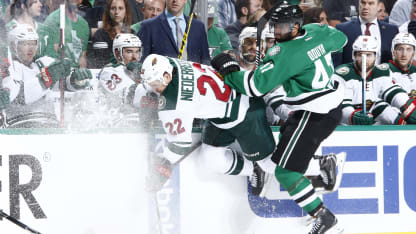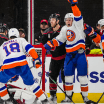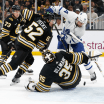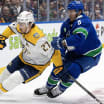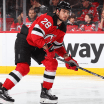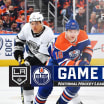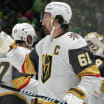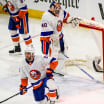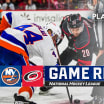"I think the intensity level, where guys are finishing checks and having harder confrontations, is up," New Jersey Devils coach John Hynes said. "There have been more hits with physicality and speed and they've been at a high, high level. I'd say higher than other playoffs in the past, and certainly than the regular season. It does stick out. The speed and the checking always stick out in the playoffs, but the physicality has definitely stood out too."
Hynes didn't have the stats in front of him and only knew about them when he was told, but many coaches tend to question the hit stat in general.
"I still don't have a complete gauge on what's considered a hit and what is not," Cooper said.
A lot of coaches and executives tend to feel the same way, which is why it's not a metric they often use to judge their team. That makes sense considering more often than not if you're on the right side of the hits stat you're on the wrong side of the puck, which means you're more likely to be on the wrong side of the scoreboard.
"The game is about puck possession," said former Philadelphia Flyers coach Craig Berube, who has been an analyst for NHL.com during the playoffs. "You have to have the puck and you have to keep the puck. If you're doing a good job with that, you're not going to have as many hits."
Nobody can debate that. But even the better puck-possession teams in the League brought far more physicality in the first round than they did in the regular season.
The Chicago Blackhawks averaged 29.4 hits per game in their seven-game first-round series against the St. Louis Blues after averaging a League-low 16.9 hits per game in the regular season. It didn't help them win the series, but nobody is going to say the Blackhawks lost because they got into a physical battle with the Blues.
